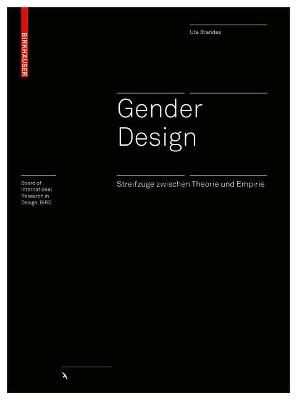Board of International Research in Design
3 total works
Die Auseinandersetzung mit Geschlecht als sozialer Konstruktion ist in sehr vielen Wissenschaftsbereichen seit Jahrzehnten state of the art. Im Design ist die Einbeziehung der Kategorie Gender allerdings noch immer fast ein blinder Fleck. Das ist merkwürdig, weil Design ja den ganz gewöhnlichen Alltag überall und jederzeit bestimmt, und damit auch die in diesem Alltag handelnden Subjekte. Und diese Interaktion zwischen Menschen und Dingen findet unabdingbar „gendered" statt.
Das vorliegende Buch setzt sich erstmals mit den essentiellen Fragen von Gender im Design theoretisch wie praktisch auseinander: Es erörtert die grundsätzliche Notwendigkeit der Einbeziehung von Gender in den Designprozess, und es stellt exemplarisch Design(forschungs)projekte zu diesem wichtigem Thema vor.
Uta Brandes ist die erste Professorin, die explizit Gender & Design bis vor kurzem an der Köln International School of Design lehrte. Sie berät Unternehmen in Gender & Design-Fragen, ist Co-Gründerin und Vorsitzende des international Gender Design Network und betreut zahlreiche Projekte, insbesondere in Hong Kong, China und Japan.


